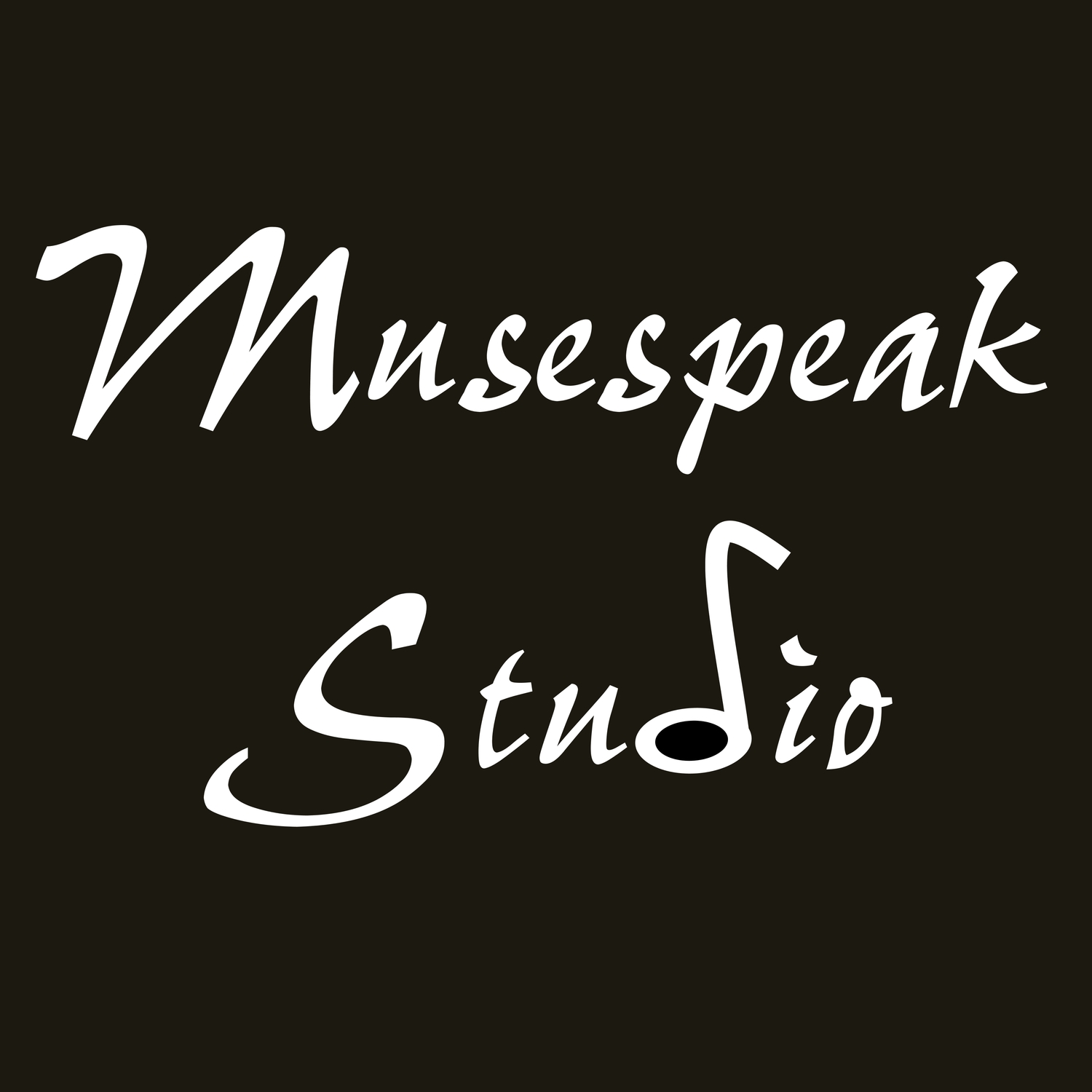(Originally published in the Fall 2020 APTA News & Views for the Alberta Piano Teachers’ Association. Updated & modified for the Studio Blog.)
Growing up, I didn’t like how we kept to ourselves at recitals and how there was little interaction between students. I yearned for music buddies and community, which I didn’t have until I attended university.
When I started to teach privately, establishing a friendly studio community was one of my priorities. Since most of us publish studio newsletters to connect with families, my focus here is on the activities I have instigated to build connections and foster a sense of community through the years. Colleagues, feel free to adapt these into your studio.
Group Classes & Special Projects
My students have collaborated on various projects, both in and out of group classes. They have done everything from composing, piano combos, pop bands, folk dancing, recording, editing, and field trips. Our three biggest projects were Eric Whitacre’s Virtual Choir 4: Fly to Paradise, David Wesley’s O Canada Choir, and a student band that earned an Honorable Mention in a Long & McQuade music contest.
It hasn’t been easy offering group classes. Some students are just too busy to come at a different time. Others really dislike the idea of group classes. For those who participate, the group projects and classes remain one of the most memorable parts of their music studies.
Sadly, with the pandemic, I fear the days of group classes are over. However, I will endeavour to find ways for my students to collaborate.
Casual Performance Opportunities
I established piano parties to give students performance experience in a social setting, seeing as most of their performances are for family and friends. I generally schedule two to three parties a year. Each student performs one or more pieces. I do as well, usually sharing something fairly new. If there’s a birthday, someone plays Happy Birthday. At one party, a student played O Canada, so we all stood up and sang the anthem.
Before and after performances, we play board games. Everyone brings snacks to share.
Cat Tower is a piano party favourite! Credit: R-M Arca.
One year, a student who suffers from severe performance anxiety had an attack. She went upstairs while another student went to comfort her and give her a pep talk. She came back down and performed, crying throughout her performance. Everyone listened to her calmly and supported her afterwards. I couldn’t have been more proud of my students for how they handled the situation.
With the pandemic, our last three piano parties were held online via Zoom or StreamYard. At the first online party, I ditched the performances in favour of giving my students a chance to socialize and discuss how they were coping. At our most recent one, we played a couple of online games after everyone performed.
To give students performance experience in a community setting, I book recitals at a local nursing home, two times a year. That was one tradition from my student days that I wanted to continue.
At our 2019 annual recital for our neighbourhood nursing home. Credit S. Yin.
The pandemic hasn’t stopped this. We have held two live stream recitals for the nursing home residents since the beginning of the pandemic. You can find out about our live streaming adventures here.
Crossover Periods & Mentoring
The studio is quite lively during the changeover period between lessons. Parents chat in the waiting area, while the students switching off exchange greetings, share news and listen to the Music Clip of the Day.
Alas, those days are over. Hopefully not permanently.
I recently set up a Piano Buddies program. Five students expressed an interest in being Piano Buddies. They’ll work together to do some ear training and rhythm practice and perform for each other. Earlier this week, I coached one of my students in how to set up a Christmas Break gaming day online. It is my hope this will evolve with minimal input from me.
Recitals as a Social Event
The Snack & Chat has been a popular feature at year-end recitals. Each family brings a plate of goodies to share. Students and parents chat with each other, students praise each other for a good performance and sometimes, someone breaks out a board game. Some years, it takes a while to clear out the area.
With our last two live stream recitals, my students did manage to keep that sense of community. They took full advantage of the backstage chat window during the recital, cheering each other on. Family and friends utilized the live chat on YouTube. Thanks to StreamYard’s user interface, I inserted some of the comments directly into the live stream and responded to comments and questions in real time.
It wasn’t the same as being in a church and having the Snack & Chat afterwards, but at least there was that real-time interaction with family and friends both near and far. After our December recital, some of us squeezed in a few rounds of Among Us.
Building Community via Social Media
Most students enjoy being the “Instagram Star of the Day,” where I feature a photo, video or screencap of fun or great moments during lessons. Most of my teenage students are on Instagram, so they have formed a network all on their own, following each other and keeping in touch via Direct Messaging. Past students keep in touch through Facebook or Instagram.
~
The fact that my students continue to keep in touch with each other as well as myself, years after lessons, makes me feel warm and fuzzy inside. My efforts to have a friendly studio community have borne fruit.
This may seem like a lot. Start with a few activities. Create opportunities for students and their families to connect and support each other in multiple ways. That is how community is fostered.
DISCLAIMER: This post contains a referral link to StreamYard.




